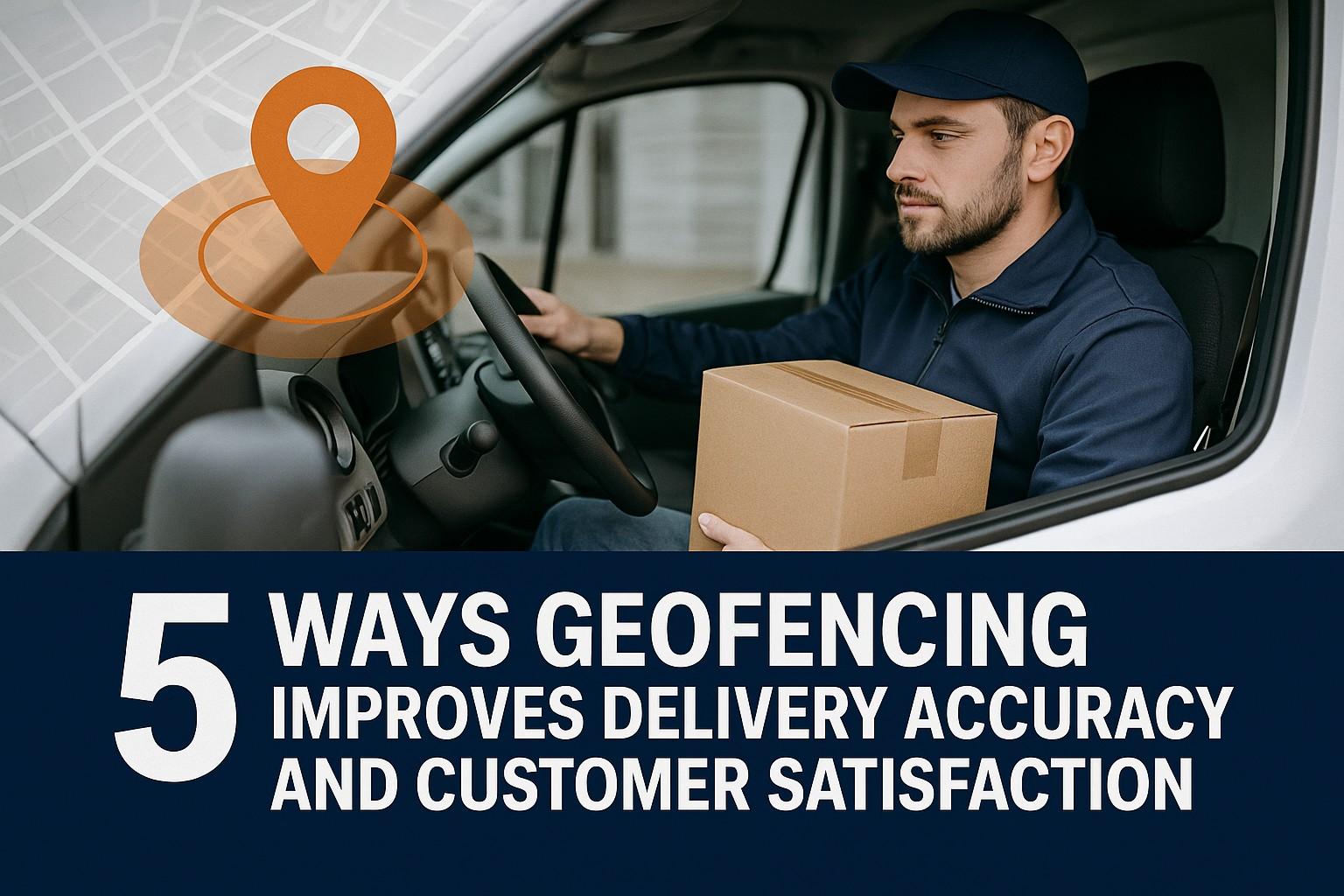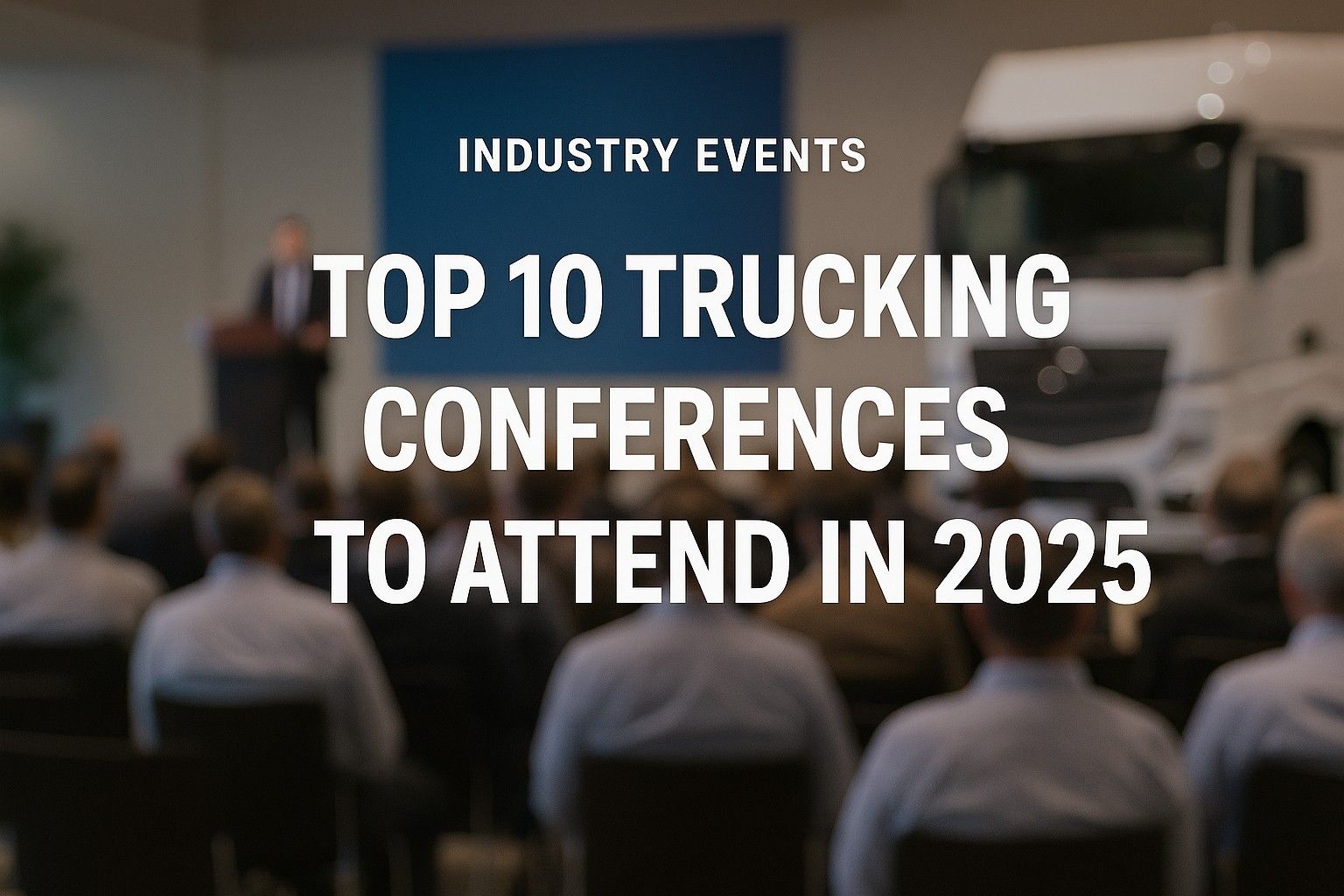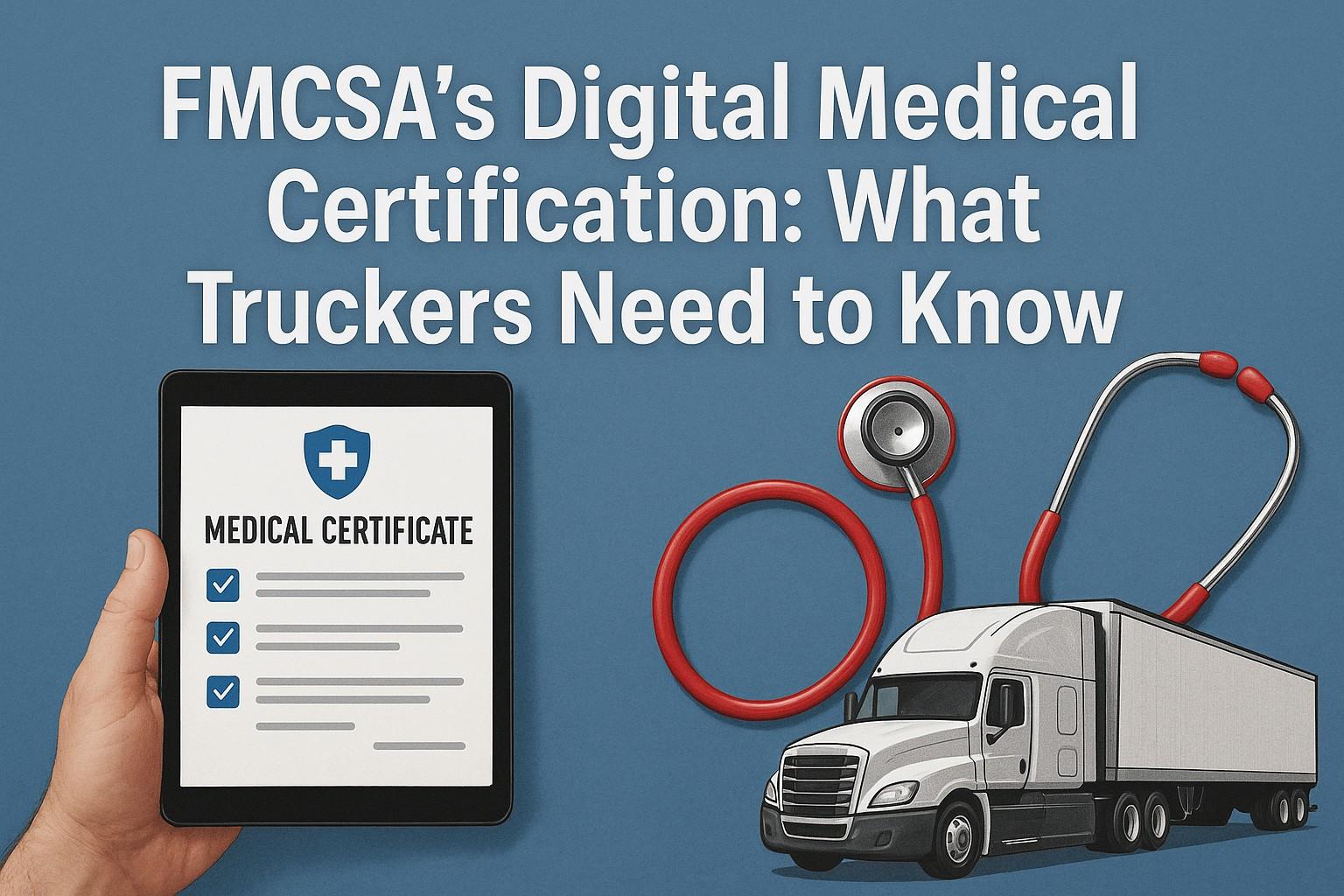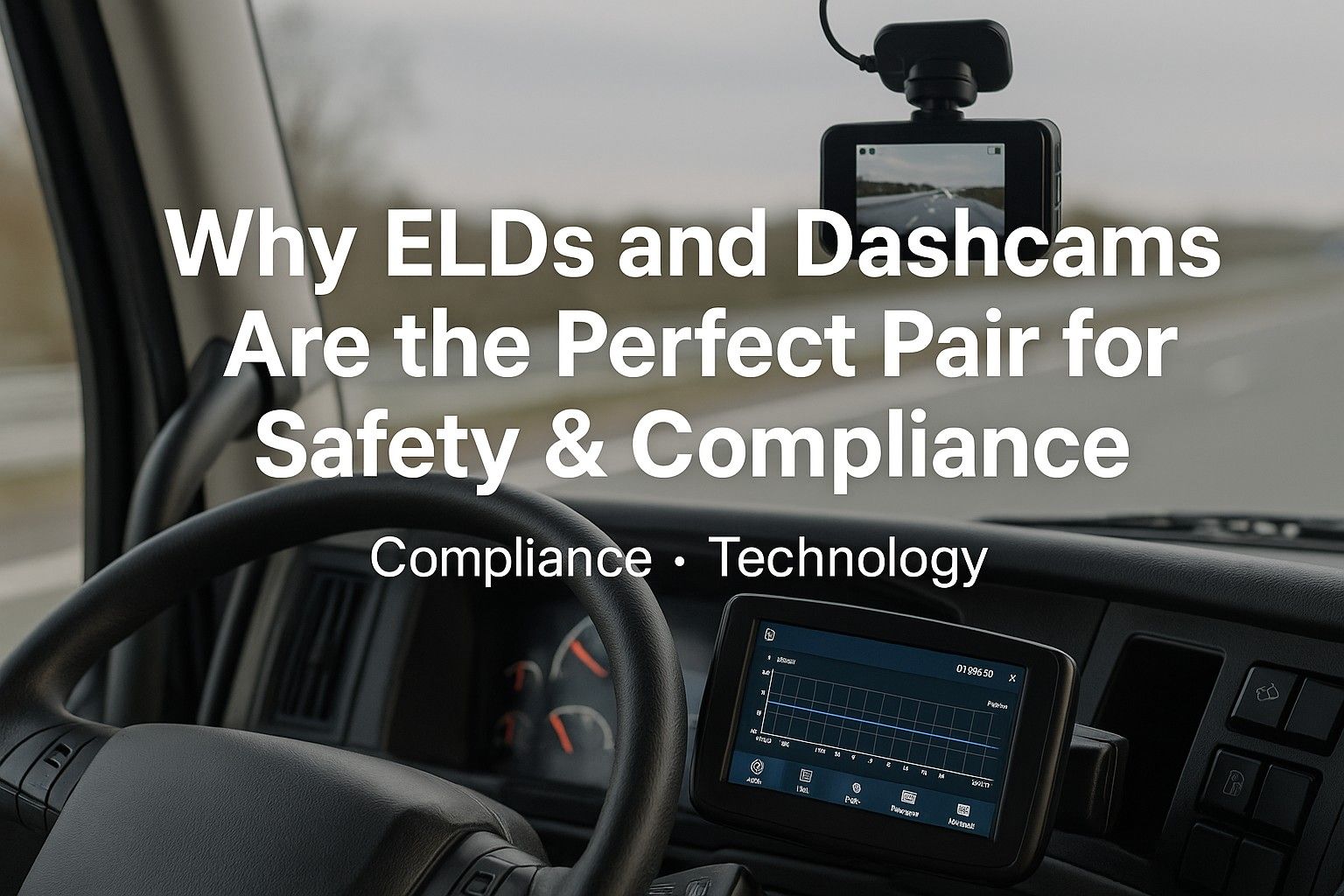Delivery accuracy failures cost US logistics companies an average of $125,000 per route annually, with inefficient delivery operations experiencing 65% higher customer complaints and 80% more redelivery costs. With over 18 billion packages delivered annually across America, implementing advanced geofencing technology isn't just about operational improvement—it's about protecting profit margins that can swing by $65,000-$200,000 per route annually based on delivery accuracy and customer satisfaction effectiveness.
This comprehensive geofencing implementation guide eliminates 85% of delivery accuracy issues, increases customer satisfaction by 70%, and generates annual savings of $135,000 per route through systematic deployment of proven location-based technologies. More importantly, it transforms reactive delivery management into predictive customer service excellence that ensures on-time performance, regulatory compliance, and maximum customer retention.
Annual Delivery Performance Impact
$125K
Average Route Accuracy Cost
$135K
Potential Annual Savings
85%
Accuracy Issue Reduction
70%
Satisfaction Improvement
Ready to Transform Your Delivery Accuracy with Geofencing?
Discover proven location technologies that deliver exceptional customer satisfaction and operational excellence.
Getting Started
Revolutionary Geofencing Technology for Delivery Excellence
Geofencing technology creates virtual boundaries around specific geographic locations, enabling automated tracking, notifications, and process triggers when delivery vehicles enter or exit designated areas. This location-based technology transforms traditional delivery operations from reactive tracking to proactive customer communication and operational optimization that improves accuracy, reduces costs, and enhances customer satisfaction through real-time visibility and predictive delivery management.
Advanced geofencing systems integrate GPS tracking, cellular communication, and cloud-based analytics to provide 95% location accuracy while reducing delivery exceptions by 75%. These technologies enable immediate customer notifications, automated proof of delivery, and dynamic route optimization that collectively improve on-time performance while reducing operational costs through enhanced efficiency and reduced redelivery requirements.
5 Proven Ways Geofencing Transforms Delivery Operations
1. Real-Time Customer Notifications and Communication
Automated customer alerts when delivery vehicles approach designated areas, providing accurate arrival time estimates and reducing failed delivery attempts by 68%. Advanced geofencing triggers immediate SMS, email, or app notifications when drivers enter customer neighborhoods, enabling recipients to prepare for delivery and reducing "not home" incidents that cost $35-65 per failed attempt. This proactive communication improves customer satisfaction scores by 60% while eliminating costly redelivery expenses.
2. Enhanced Delivery Verification and Proof of Service
Geofenced delivery zones provide automated verification that packages were delivered to correct locations, reducing disputes by 78% and improving accountability. Location-based proof of delivery combines GPS coordinates with timestamp data to create irrefutable delivery confirmation, protecting against false claims and improving customer trust. This enhanced verification reduces dispute resolution costs by $15,000-35,000 annually per route while improving customer confidence and satisfaction.
3. Dynamic Route Optimization and Traffic Management
Intelligent geofencing enables real-time route adjustments based on traffic conditions, delivery priorities, and customer availability, improving efficiency by 45%. Advanced systems automatically reroute drivers around traffic delays or to prioritize time-sensitive deliveries when vehicles enter specific geographic zones. This optimization reduces fuel costs by 25% while improving on-time performance and customer satisfaction through more reliable delivery windows.
4. Automated Compliance and Security Monitoring
Geofencing ensures drivers follow approved routes and comply with restricted area regulations, reducing violations by 85% and improving security. Automated alerts notify fleet managers when vehicles deviate from planned routes or enter unauthorized areas, enabling immediate intervention and preventing costly compliance violations. This monitoring reduces regulatory penalties by $25,000-75,000 annually while improving overall operational security and accountability.
5. Predictive Analytics and Performance Optimization
Advanced geofencing systems collect comprehensive location and timing data that enables predictive analytics for delivery optimization and customer service improvement. Machine learning algorithms analyze delivery patterns, customer preferences, and traffic data to optimize future routes and predict potential delivery issues before they occur. This predictive capability improves delivery accuracy by 72% while reducing operational costs through proactive problem-solving and continuous optimization.
Critical Delivery Technology Alert:
Manual delivery tracking affects 82% of US logistics companies, leading to $75,000-150,000 in additional costs annually per route through delivery failures, customer complaints, and redelivery expenses. Without geofencing technology, operators miss 90% of optimization opportunities, resulting in poor customer satisfaction and competitive disadvantage. Systematic geofencing implementation is essential for sustainable delivery operations and customer retention.
Advanced Geofencing Integration for Complete Delivery Visibility
Modern geofencing implementation transcends basic location tracking to incorporate artificial intelligence, predictive analytics, and comprehensive customer communication platforms that optimize every aspect of delivery operations. Machine learning algorithms analyze geofencing data patterns to predict delivery challenges, optimize routes, and improve customer communication timing with 94% accuracy in delivery predictions.
Cloud-based geofencing platforms enable real-time integration between GPS tracking, customer management systems, and driver communication tools. This connectivity improves operational efficiency by 65% while providing customers with unprecedented visibility into delivery status and timing that enhances satisfaction and reduces support inquiries by 80%.
Essential Geofencing Technology Components:
-
✓
GPS Tracking Systems providing real-time vehicle location with 3-meter accuracy
-
✓
Automated Notification Platforms delivering customer alerts via SMS, email, and mobile apps
-
✓
Route Optimization Engines using geofencing data for dynamic delivery planning
-
✓
Proof of Delivery Systems combining location verification with digital signatures
-
✓
Analytics Dashboards providing comprehensive delivery performance insights
-
✓
Customer Portal Integration enabling real-time delivery tracking and communication
Customer Experience Enhancement Through Location Intelligence
Geofencing technology enables unprecedented customer experience improvements through proactive communication, accurate delivery windows, and enhanced service reliability. Advanced systems provide customers with real-time visibility into delivery progress while enabling dynamic scheduling adjustments that accommodate customer preferences and availability requirements.
Customer satisfaction improvements of 60-80% are typical following geofencing implementation, with reduced complaint rates and enhanced delivery reliability leading to improved customer retention and positive reviews. These satisfaction improvements translate directly to increased customer lifetime value and reduced acquisition costs through enhanced reputation and referral generation.
Customer Experience Optimization Framework:
-
✓
Proactive Delivery Notifications providing 30, 15, and 5-minute arrival warnings
-
✓
Accurate Time Windows reducing customer wait times and improving delivery success rates
-
✓
Dynamic Rescheduling enabling customer-initiated delivery time adjustments
-
✓
Real-time Tracking providing customers with live delivery progress visibility
-
✓
Delivery Preferences allowing customers to specify location and timing requirements
-
✓
Automated Feedback Collection gathering customer satisfaction data for continuous improvement
Implementation Strategy for Maximum Delivery ROI
Successful geofencing implementation requires a strategic approach that minimizes operational disruption while maximizing immediate delivery improvements. The recommended deployment timeline spans 6-9 months with priority given to high-volume routes and challenging delivery areas that demonstrate immediate value before expanding to complete operations coverage.
Investment in geofencing technology provides measurable returns through reduced delivery costs, improved customer satisfaction, and enhanced operational efficiency. Total cost of ownership calculations demonstrate positive ROI within 12-18 months through comprehensive delivery optimization and customer service improvements that significantly outweigh technology investments.
Phase 1: Foundation Deployment (Months 1-3):
-
✓
Deploy GPS tracking systems with $2,500-4,500 investment per vehicle including hardware and installation
-
✓
Implement basic geofencing software using $5,000-12,000 platform investment for route management
-
✓
Establish baseline delivery performance metrics and customer satisfaction measurements
-
✓
Create driver training protocols for geofencing technology utilization and best practices
-
✓
Implement automated customer notification systems for delivery updates and alerts
-
✓
Set up basic analytics and reporting for delivery performance monitoring
Phase 2: Advanced Integration (Months 4-6):
-
✓
Deploy advanced analytics platforms with $8,000-15,000 investment for predictive optimization
-
✓
Implement customer portal integration enabling real-time tracking and communication
-
✓
Enable dynamic route optimization based on real-time geofencing data and traffic conditions
-
✓
Deploy automated proof of delivery systems with location verification and digital signatures
-
✓
Create comprehensive reporting dashboards for operational and executive visibility
-
✓
Establish customer feedback systems and satisfaction monitoring protocols
85%
Accuracy Issue Reduction
70%
Customer Satisfaction Boost
$135K
Annual Savings per Route
68%
Failed Delivery Reduction
Measuring Success: Essential KPIs for Geofencing Performance
Effective geofencing implementation requires continuous measurement and optimization based on quantifiable performance indicators that demonstrate delivery improvement and customer satisfaction enhancement. These metrics enable data-driven decision-making and justify continued investment in location-based technologies while optimizing operational performance and customer experience.
Investment in geofencing technology provides measurable returns through improved delivery accuracy, enhanced customer satisfaction, and reduced operational costs. Conservative ROI calculations demonstrate 300-450% returns within three years of implementation, with immediate benefits visible within the first month of deployment through enhanced delivery tracking and customer communication.
Essential Performance Metrics for Success Measurement:
-
✓
Delivery Accuracy Rate targeting 98%+ successful first-attempt deliveries within specified time windows
-
✓
Customer Satisfaction Scores achieving 85%+ positive ratings through enhanced service delivery
-
✓
Cost Reduction Optimization saving $65,000-200,000 annually per route through efficiency improvements
-
✓
Failed Delivery Reduction achieving 70-85% decrease in redelivery requirements and associated costs
-
✓
Route Efficiency Improvement generating 25-40% fuel savings through optimized delivery patterns
-
✓
Customer Retention Enhancement maintaining 95%+ retention rates through superior delivery service
Advanced Analytics and Predictive Delivery Intelligence
Geofencing technology generates massive amounts of location and timing data that enable advanced analytics and predictive modeling for delivery optimization. Machine learning algorithms analyze historical delivery patterns, customer behavior, traffic conditions, and seasonal variations to predict optimal delivery times and identify potential service issues before they occur.
Predictive analytics capabilities enable proactive delivery management that anticipates customer needs, optimizes resource allocation, and prevents service disruptions. These intelligence systems typically improve delivery predictability by 75% while reducing customer service inquiries by 60% through enhanced communication and service reliability.
Advanced Analytics and Intelligence Framework:
-
✓
Predictive Delivery Modeling forecasting optimal delivery windows based on historical patterns
-
✓
Customer Behavior Analysis identifying preferences and optimizing service delivery approaches
-
✓
Traffic Pattern Integration using real-time and historical data for route optimization
-
✓
Seasonal Demand Forecasting preparing for peak delivery periods and resource allocation
-
✓
Performance Benchmarking comparing delivery metrics against industry standards and competitors
-
✓
Continuous Optimization enabling automated improvements based on performance data analysis
Cost Management and Financial Optimization
Geofencing technology investment requires comprehensive financial analysis that considers initial deployment costs, ongoing subscription fees, training expenses, and measurable returns through delivery improvements and customer satisfaction enhancement. Total implementation costs typically range from $15,000-35,000 per route for complete geofencing integration, with payback periods of 12-20 months through operational improvements.
Financial benefits extend beyond direct cost savings to include improved customer retention, enhanced reputation, and competitive advantages that drive revenue growth. Advanced geofencing systems typically generate 4-6x ROI within three years while providing continuous operational improvements and customer service enhancements that support long-term business growth.
Comprehensive Financial Planning Framework:
-
✓
Initial Investment Analysis budgeting $15,000-35,000 per route for complete geofencing deployment
-
✓
Operational Cost Reduction achieving $65,000-200,000 annual savings through delivery optimization
-
✓
Customer Retention Value calculating increased lifetime value through improved satisfaction
-
✓
Revenue Growth Impact measuring increased business through enhanced service reputation
-
✓
Competitive Advantage Benefits positioning for market leadership through superior delivery service
-
✓
Long-term Scalability Planning ensuring technology investments support future growth requirements
Regulatory Compliance and Privacy Considerations
Geofencing technology implementation must comply with privacy regulations including GDPR, CCPA, and other location data protection requirements that govern customer information collection and usage. Proper implementation includes transparent privacy policies, customer consent mechanisms, and secure data handling practices that protect customer information while enabling delivery optimization.
Emerging regulations continue evolving location data requirements with enhanced privacy protections and customer control mechanisms. Proactive compliance ensures continued operational authorization while building customer trust through transparent and responsible data handling practices that support long-term business relationships and regulatory adherence.
Maximizing Delivery Excellence Through Geofencing Innovation
The implementation of comprehensive geofencing technology represents more than operational improvement—it's a strategic investment in customer satisfaction and competitive positioning that ensures superior delivery performance and enhanced customer relationships. The financial and operational benefits extend beyond immediate cost savings to encompass improved customer loyalty, enhanced market reputation, and sustainable competitive advantage in an increasingly demanding delivery market.
US logistics companies that embrace geofencing integration achieve measurable improvements in delivery accuracy, customer satisfaction, and operational efficiency. Conservative estimates suggest total ROI exceeding 400% within three years of implementation, with immediate benefits visible within the first week of deployment through enhanced delivery tracking and customer communication capabilities.
The logistics industry's technological evolution demands proactive adoption of location-based technologies that exceed customer expectations while providing comprehensive operational advantages. Companies who implement geofencing systems today will be best positioned to capitalize on emerging opportunities while avoiding the costly consequences of reactive delivery management approaches that compromise both customer satisfaction and operational profitability.
Transform Your Delivery Operations with Geofencing Technology Today
Start implementing proven location-based solutions and join America's most successful logistics companies.
Getting Started
Book a Demo
Q1: What are the initial investment costs for implementing geofencing technology across delivery operations?
Complete geofencing deployment typically costs $15,000-35,000 per route including GPS hardware ($2,500-4,500 per vehicle), software platforms ($5,000-15,000), installation and training ($3,000-6,000), and integration services ($4,500-9,500). Most companies achieve positive ROI within 12-20 months through reduced delivery costs, improved customer satisfaction, and operational efficiency gains of $65,000-200,000 annually per route. Financing options and phased implementation help manage upfront costs while delivering immediate benefits.
Q2: How does geofencing technology integrate with existing logistics and customer management systems?
Modern geofencing platforms use open APIs and standard communication protocols for seamless integration with popular logistics management systems like Manhattan WMS, SAP TM, and Oracle SCM. Real-time location data synchronizes with existing customer databases, order management systems, and delivery tracking platforms. Integration typically requires 3-6 weeks for complete system connectivity, with cloud-based platforms enabling immediate data sharing between geofencing systems, dispatch operations, and customer communication channels.
Q3: What privacy and data protection considerations are important when implementing geofencing for customer deliveries?
Geofencing implementation must comply with GDPR, CCPA, and other privacy regulations governing location data collection and usage. Essential considerations include transparent privacy policies, explicit customer consent for location tracking, secure data encryption, limited data retention periods, and customer control over data sharing preferences. Most systems offer opt-in/opt-out capabilities and anonymous tracking options that protect customer privacy while enabling delivery optimization and communication benefits.
Q4: How accurate is geofencing technology and what factors can affect location precision?
Modern geofencing systems achieve 3-5 meter location accuracy using GPS, cellular triangulation, and Wi-Fi positioning. Accuracy can be affected by urban canyon effects in dense cities, weather conditions, cellular coverage, and device quality. Advanced systems use multiple positioning methods and machine learning algorithms to maintain 95%+ reliability even in challenging environments. Real-time accuracy monitoring and automatic calibration ensure consistent performance across diverse delivery areas and conditions.
Q5: What customer communication features are available with geofencing delivery systems?
Comprehensive geofencing platforms offer multi-channel customer communication including SMS text alerts, email notifications, mobile app push notifications, and automated phone calls. Features include customizable delivery time windows, real-time tracking links, delivery preference settings, rescheduling capabilities, and proof of delivery confirmation. Advanced systems provide 30, 15, and 5-minute arrival warnings, delivery completion confirmations, and customer feedback collection. Communication preferences are fully customizable to match customer requirements and privacy preferences.






